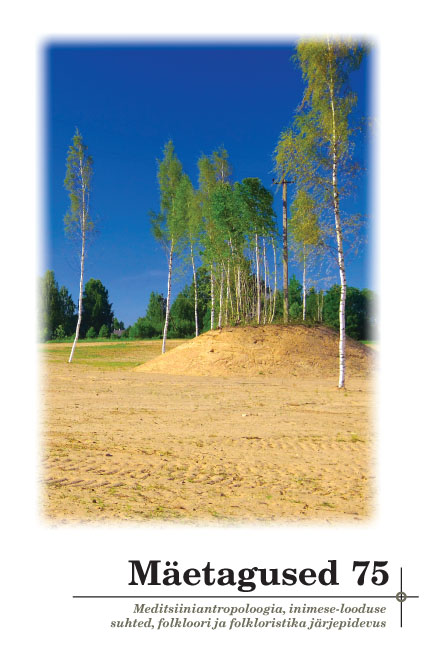Pärimusmeditsiin ja globaliseeruvad tervisetrendid
Courses uniting naturopathy and folk medicine
Author(s): Mare KõivaSubject(s): Customs / Folklore, Cultural Anthropology / Ethnology, Culture and social structure , Health and medicine and law
Published by: Eesti Kirjandusmuuseum
Keywords: complementary medicine; cosmopolitan medicine; hereditary medicine; pluralistic medicine;
Summary/Abstract: The article elaborates on Dunn’s views on cosmopolitan medicine and broadens the term by applying it to a neighbouring field – cosmopolitan hereditary medicine. An overview is given of the movement’s contemporary trends, including esoteric teachings, homoeopathy, yoga, Chinese medicine, Ayurveda, music therapy, flower and aroma therapy as well as herbal medicine making use of new herbs – all of which have been introduced to Estonia via cultural cosmopolitanism. An outstanding feature is the attention given to a person’s holistic aspect, development of mentality and health behaviour. There is ongoing institutionalisation of traditional and complementary medicine practice, while educational courses and healing seances have moved from the city to rural health and tourism centres. One of the key values attributed to knowledge is its age, its ancient nature enabling the combination of different trends. Opportunities offered by local (vernacular) medicine are emphasised and new cultural interpretations are added. Mainstream trends are as follows: a) local complementary or alternative medicine as a segment of local folk medicine; b) health behaviour, lifestyle preventing or warding off disease (sauna culture, herbal medicine, release from city stress in natural surroundings, original music therapy, etc.); and c) introduction into the alternative worldview, mental self-development, and pluralistic folk belief.
Journal: Mäetagused. Hüperajakiri
- Issue Year: 2019
- Issue No: 75
- Page Range: 5-24
- Page Count: 20
- Language: Estonian

